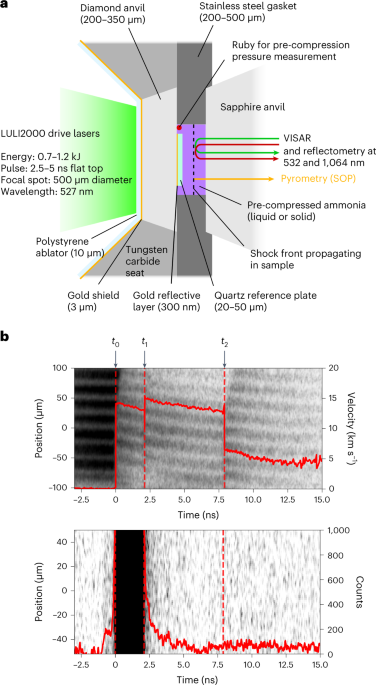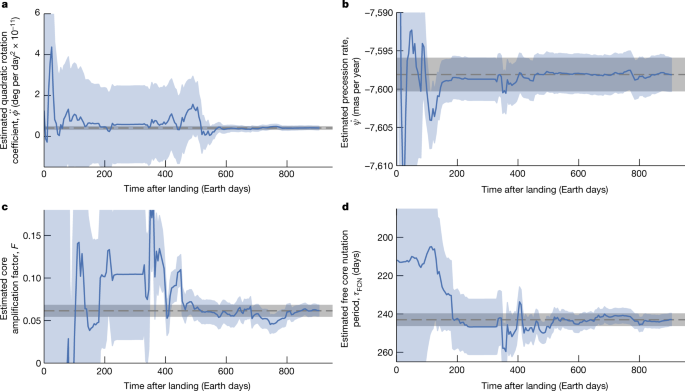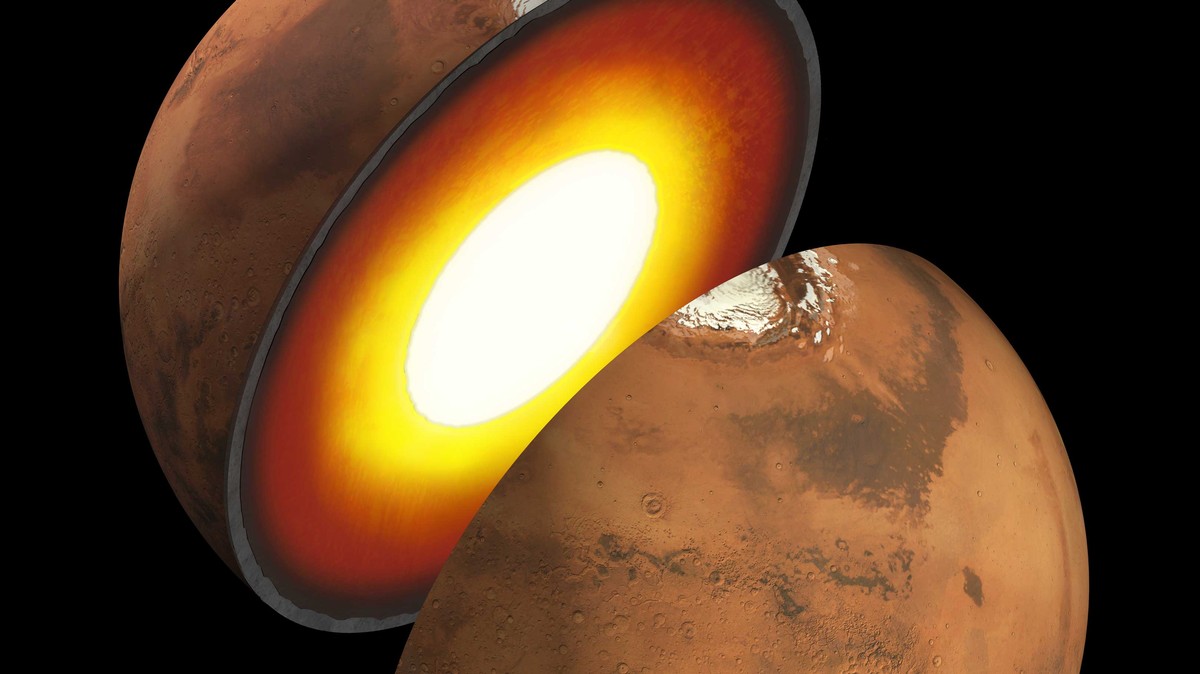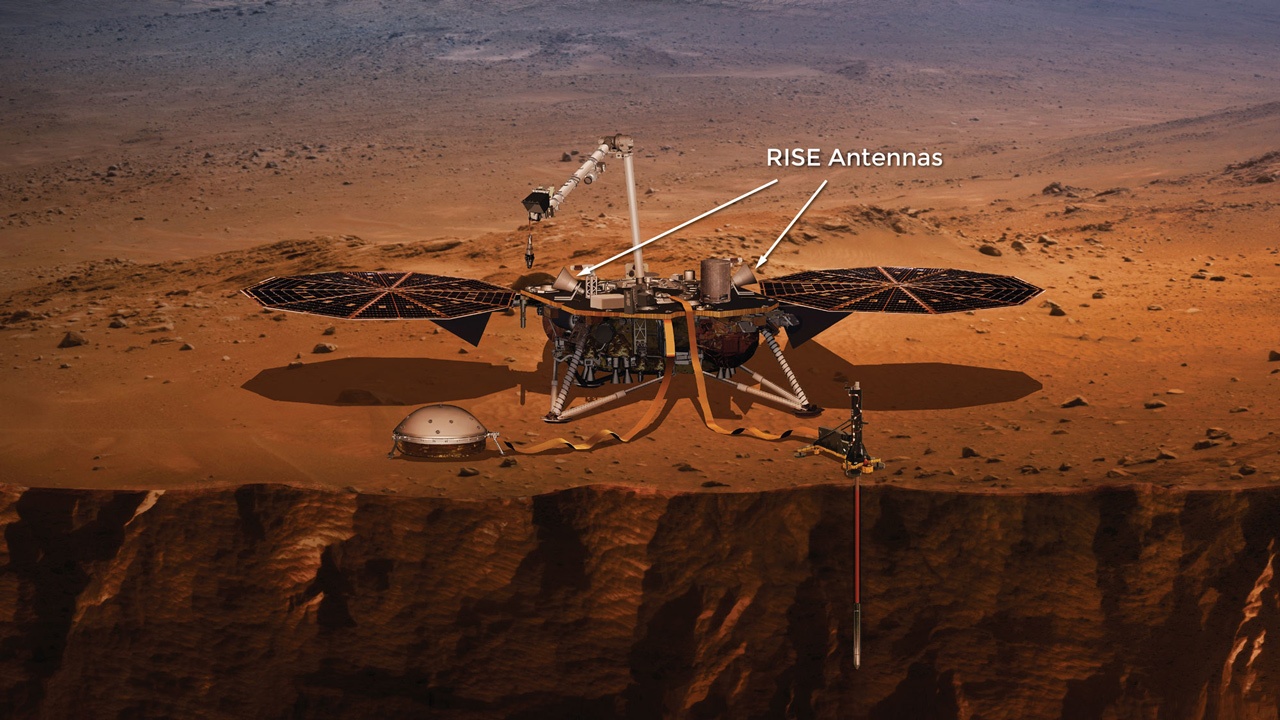SasaM
Jedi Council Member
To see straightforward what was going on with Earth's rotation, LOD data were inverted to show difference in frequency. In such way, on plot below, speeding up has an upward trend, while average yearly slowing down of rotation is represented by red line having a negative slope (downwards).

Potential periodicity in the data was evaluated by (simple) Fourier analysis, which resulted in clear signal shown in next two plots below, where Power Spectrum plot (on the right) shows only low part of the spectrum without first two Fourier coefficients (for better visibility).

Table below shows values obtained by the Fourier analysis, in hopefully more 'human readable format'.
In short, there's a strong signal of periodicity in the LOD data at 1/3 of the whole dataset range (roughly 20.5y, which is the closest this type of Fourier analysis can get to 2 times period of solar activity) and two prominent peaks with approx. 1 year and 1/2 year periods. In addition to later two, there's also sort of a 'doublet peak' at 13.5 days (close to what was called 'biweekly' in previous post) and a weaker signal at seemingly 2 times that value (27.5 days, which could be associated with both, lunar cycles and/or average periods of Sun's rotation).
Exchange from 20-08-2011 session might have provided a hint to potential interpretation of numbers in table above.
Frequency Modulation with the pattern of 'interchangeable coincidence' of minima/maxima with consecutive New and Full Moon phases of lunar cycles (plot below) brought a phenomenon called the 'beats' (link) to mind. From wikipedia:

Since 'beats' are wave phenomenon in nature, it seems that patterns in LOD data might have come from that kind of interactions, i.e. maybe 'interference of multiple wave-like effects' is behind observed Earth's rotational dance.
In case of 'three coupled waves', trigonometric identities for the case of α + β + γ = 180° (wiki) say that the original individual wave frequencies basically get halved, which means that, if cycles of Sun's activity play a role in the interpretation of LOD data, the approx. 11y solar activity period would be seen as doubled, i.e. the periodicity with roughly 22y period would pop up, which is rather close to that prominent signal of 4th Fourier coefficient in the table above.
Potential periodicity in the data was evaluated by (simple) Fourier analysis, which resulted in clear signal shown in next two plots below, where Power Spectrum plot (on the right) shows only low part of the spectrum without first two Fourier coefficients (for better visibility).
Table below shows values obtained by the Fourier analysis, in hopefully more 'human readable format'.
| Fourier coeff. number | F. coeff. | Abs[F. coeff.] | Abs[F. coeff.]^2 | Periodicity [days] | Frequency [1/'year'] |
|---|---|---|---|---|---|
| 1 | -31.525 | 31.525 | 993.83 | infinity | 0 |
| 2 | 1.23 + 9.91*I | 9.988 | 99.77 | 22407. (whole range) | 0.016 |
| 4 | 5.06 + 0.77*I | 5.123 | 26.24 | 7469. (1/3 range = 20.5y) | 0.049 |
| 27 | -0.71 - 0.36*I | 0.799 | 0.64 | 861.81 (2.35y) | 0.426 |
| 62 | -2.59 + 1.71*I | 3.104 | 9.64 | 367.33 ('year') | 1. |
| 124 | 0.13 + 2.86*I | 2.860 | 8.18 | 182.17 (half a 'year') | 2.016 |
| 814 | -0.08 - 1.81*I | 1.814 | 3.29 | 27.56 (??) | 13.328 |
| 1641 | 1.20 + 3.04*I | 3.273 | 10.71 | 13.66 ('biweekly') | 26.885 |
| 1645 | -0.77 - 0.63*I | 0.998 | 1.00 | 13.63 | 26.951 |
In short, there's a strong signal of periodicity in the LOD data at 1/3 of the whole dataset range (roughly 20.5y, which is the closest this type of Fourier analysis can get to 2 times period of solar activity) and two prominent peaks with approx. 1 year and 1/2 year periods. In addition to later two, there's also sort of a 'doublet peak' at 13.5 days (close to what was called 'biweekly' in previous post) and a weaker signal at seemingly 2 times that value (27.5 days, which could be associated with both, lunar cycles and/or average periods of Sun's rotation).
Exchange from 20-08-2011 session might have provided a hint to potential interpretation of numbers in table above.
Q: (Psyche) I wanted to ask about the strange sounds around the world, especially in Kiev? (L) Oh yeah, the strange sounds like a trumpet in the sky.
A: Mostly radio type waves due to increase of solar system energy input.
Q: (L) How can you hear radio waves? Why are people hearing these things?
A: Interaction with other EM factors on planet similar to amplification and wave conversion.
Q: (Ark) Something in the Earth changes the frequency and starts vibrating. (Mr. Scott) Or maybe like some kind of modulation where the frequencies add and subtract, and you end up with audible frequencies. (Ark) No, I think it's a secondary vibration. But then these radio waves should be detected by radio devices. And the question is, why there is nothing special? We have a lot of radio devices, and they do not detect these waves. (L) I wonder if those circles that people are always seeing on radar devices have anything to do with it? (L) Well, the question is, if they were detecting something, would they even tell us? But then there are radar devices at every airport. Surely people would say something. (Ark) Are these low frequency radio waves?
A: Yes. ELF.
Frequency Modulation with the pattern of 'interchangeable coincidence' of minima/maxima with consecutive New and Full Moon phases of lunar cycles (plot below) brought a phenomenon called the 'beats' (link) to mind. From wikipedia:
If the two original frequencies are quite close (for example, a difference of approximately twelve hertz),[4] the frequency of the cosine of the right side of the expression above, that is (f1 − f2)/2, is often too low to be perceived as an audible tone or pitch. Instead, it is perceived as a periodic variation in the amplitude of the first term in the expression above. It can be said that the lower frequency cosine term is an envelope for the higher frequency one, i.e. that its amplitude is modulated. The frequency of the modulation is (f1 + f2)/2, that is, the average of the two frequencies. It can be noted that every second burst in the modulation pattern is inverted. Each peak is replaced by a trough and vice versa.
Since 'beats' are wave phenomenon in nature, it seems that patterns in LOD data might have come from that kind of interactions, i.e. maybe 'interference of multiple wave-like effects' is behind observed Earth's rotational dance.
In case of 'three coupled waves', trigonometric identities for the case of α + β + γ = 180° (wiki) say that the original individual wave frequencies basically get halved, which means that, if cycles of Sun's activity play a role in the interpretation of LOD data, the approx. 11y solar activity period would be seen as doubled, i.e. the periodicity with roughly 22y period would pop up, which is rather close to that prominent signal of 4th Fourier coefficient in the table above.







